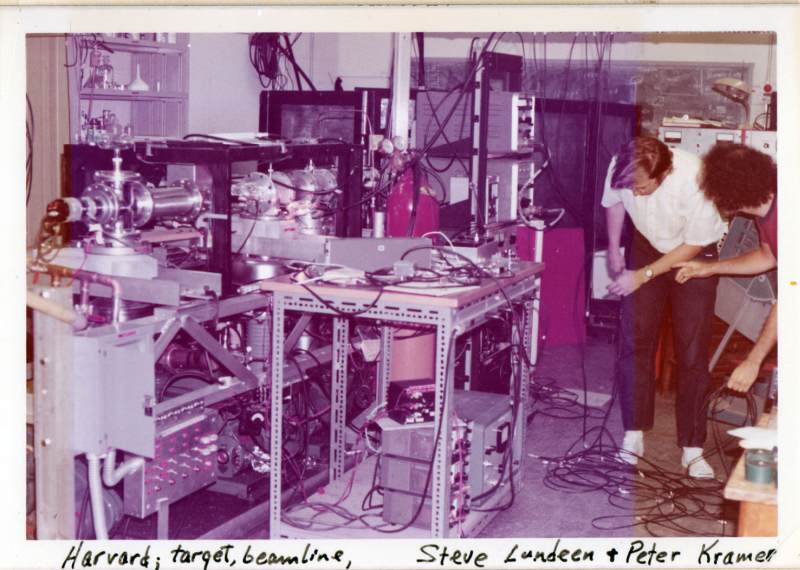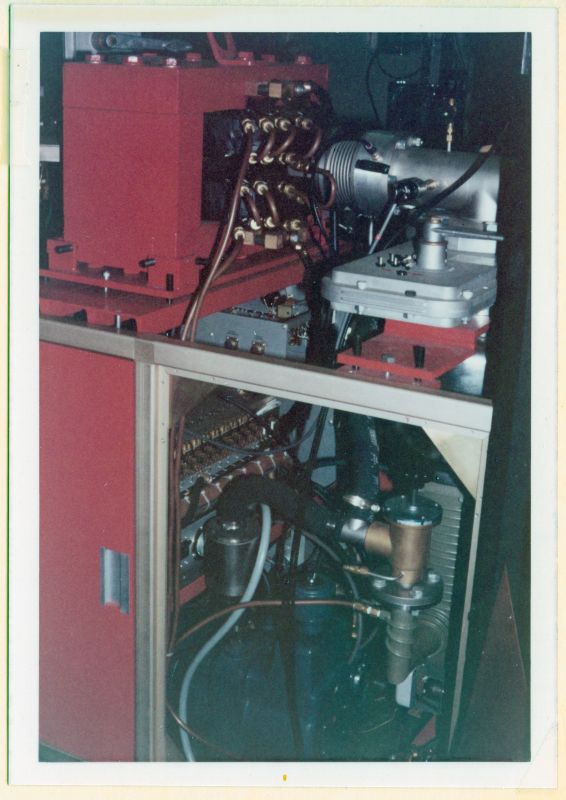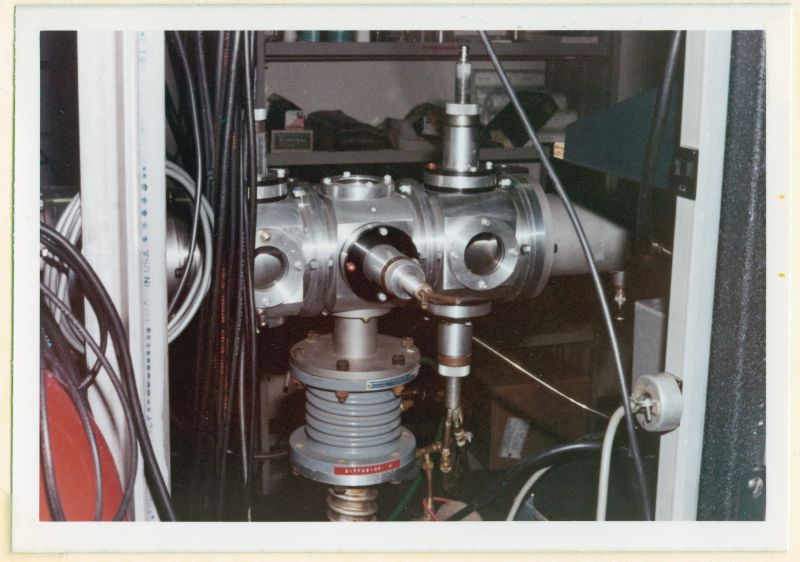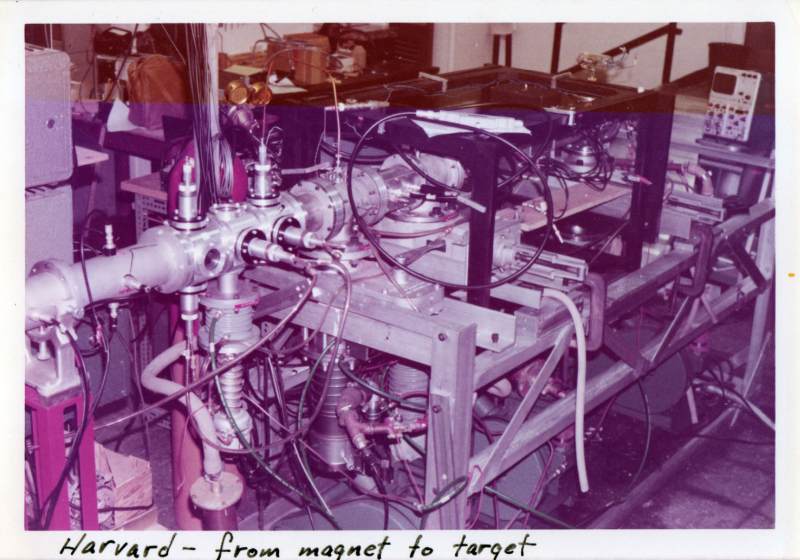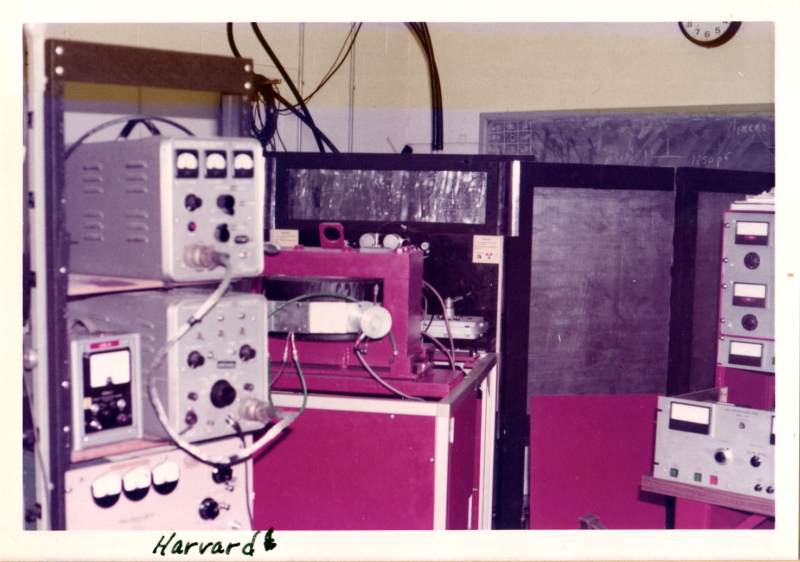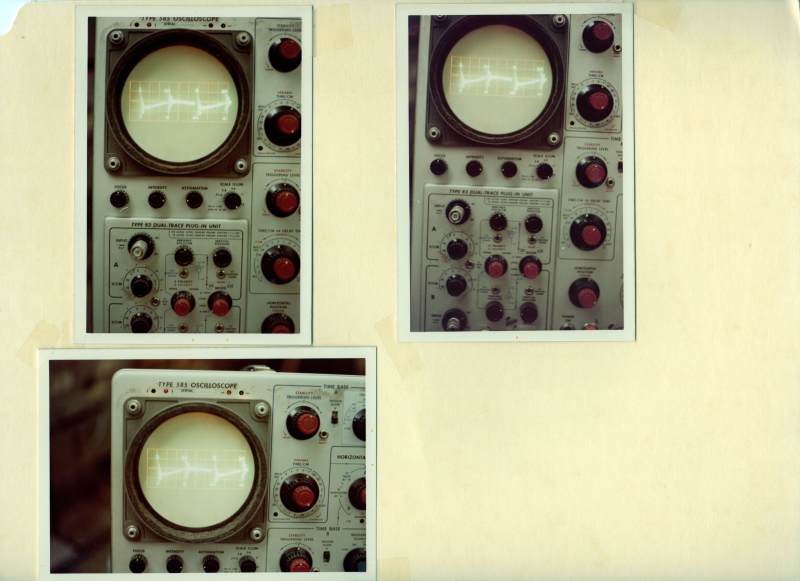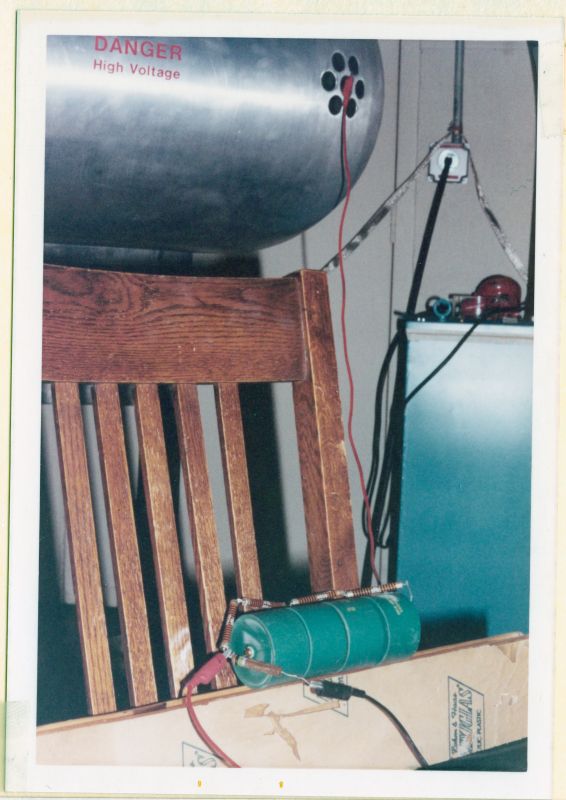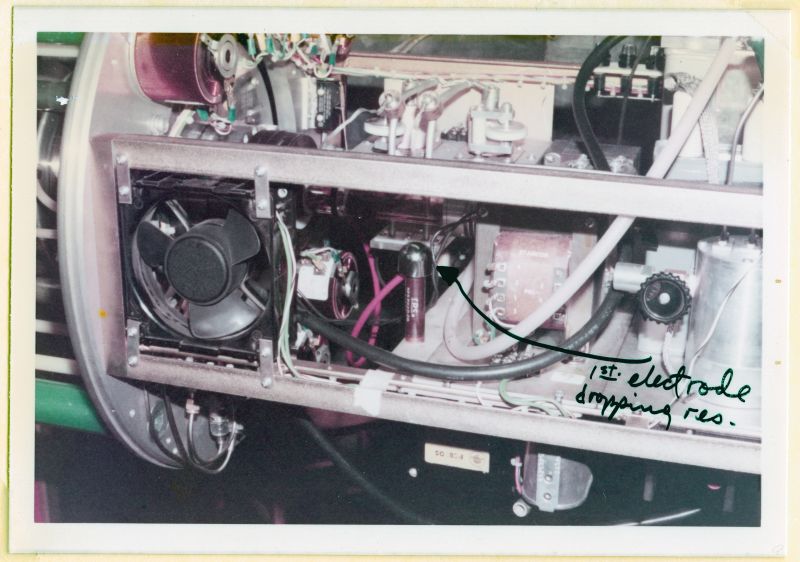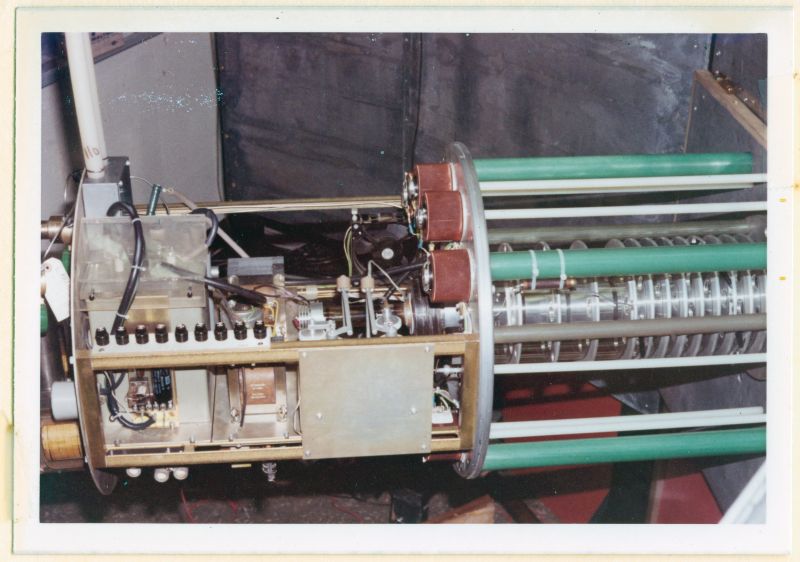Harvard Physics Particle Accelerator
An email from the machine's owner.
I visited the Harvard Physics Dept., Boston / Cambridge, July 31 through early August, 1973. The two people in my notes are Steve Lundeen and Peter Kramer. I contacted both of them and Dr. Lundeen wrote a very nice email and sent me a photograph of the machine being shipped to Toronto. He gave me permission to share his email here.
Subject: Re: Harvard physics 1973 Date: Sat, 3 Dec 2016 18:26:15 +0000 (UTC) From: srlundeen@**** To: Tom Cloud <tcloud@****> CC: Peter B Kramer <p***@gmail.com>, Stephen Lundeen <l***.edu>, Dennis Wagner <m***@me.com> Tom, Thanks for contacting me and Peter Kramer after finding the photos that showed the installation of the 150 keV accelerator at Harvard University. The pictures bring back good times! You should know that that machine has played an important role in fundamental physics over the years, and is still in use doing just that! It is now installed at York University in Toronto, where one of my former PhD students, Eric Hessels is continuing to use it for significant experiments. While at Harvard, I used the machine to remeasure the famous interval, the Lamb Shift in atomic hydrogen (google "Lamb Shift"). With my thesis advisor, Frank Pipkin, I measured the interval more precisely than it had been measured previously, and our measurement is still the most precise to date. At the time, we felt we were testing Quantum Electrodynamics (QED), the fundamental theory that describes the interaction between charged particals and electromagnetic fields. Most of the Lamb Shift interval is due to the details of these interactions, although a small portion of the shift is due to the finite charge radius of the proton. At that time, it was felt that the proton size was well known from other measurements. Our Lamb Shift measurements seemed to imply that both the proton size and QED were correct and well understood. When Frank Pipkin died in 1993, I adopted the accelerator and the associated precision measurement equipment and moved them to my present home in Fort Collins, CO at Colorado State University, where it remained until 2011. Around 2010, a group in Europe managed to measure the Lamb Shift in Muonic hydrogen, a negative muon bound to a positive proton. Because the muon is much heavier than an electron, this measurement was much more sensitive to the proton size than the normal hydrogen measurement, and if the theory of QED was assumed to be correct, the new measurement implied a much smaller size of the proton. (google proton size puzzle) One possible explanation of the discrepancy was that our old Lamb Shift measurement was incorrect. Working from this assumption, Eric Hessels decided to repeat the normal hydrogen measurement, and he contacted me to ask if I could give him the Harvard accelerator to carry out the new measurement. I agreed immediately, since that had been one of the reasons that I preserved the equipment after Frank Pipkin's death. The attached 2011 photo shows Eric and me on the CSU loading dock with the accelerator magnet as it was loaded onto the truck to be shipped to Toronto. At present, the new experiment is still in progress, and Eric has not yet succeeded in confirming (or correcting) our 1978 measurement. Whatever happens, there are still very important questions of physics that rely on that measurement. In the meantime, the European group has also succeeded in measuring the Lamb Shift in muonic deuterium, a muon bound to a deuteron, and they have found a similar discrepancy with the previous assumed value of the deuteron radius. This may suggest that there are additional forces between muons and protons that are not yet understood. Obviously that would be a huge discovery in physics, if true. However, it is still possible that the resolution of the puzzle lies with a new and more accurate measurement of the hydrogen Lamb Shift, which your machine is presently making! Thanks for the blast from the past. Steve Lundeen
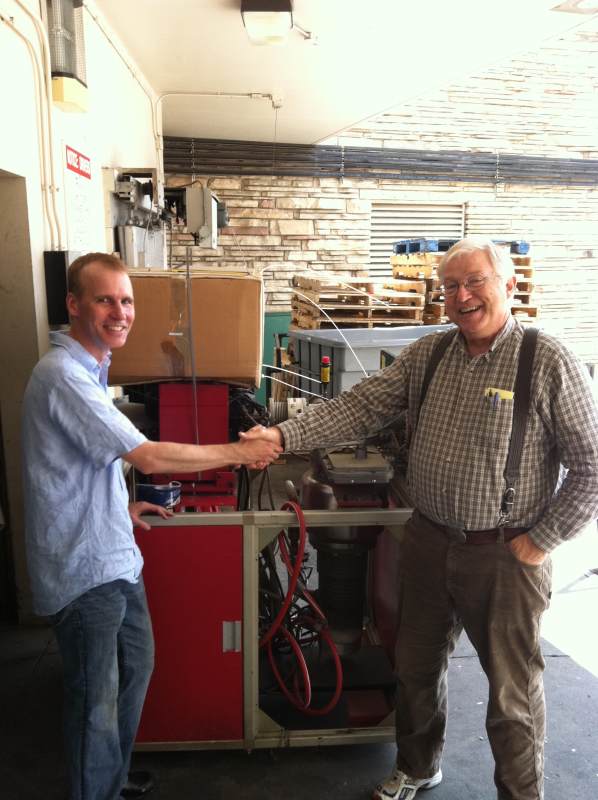
 Harvard Physics Dept. Accelerator
Harvard Physics Dept. Accelerator